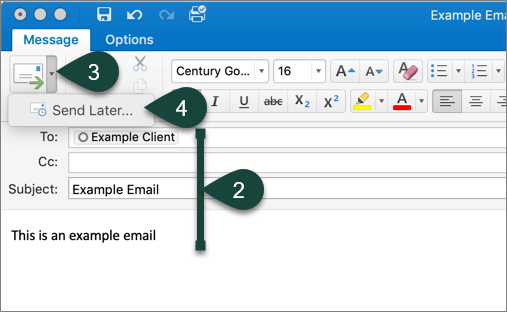

Sender is the default value for both attributes but this can be configured to Sender, SenderAndFrom or From : Here, we are interested in the values of the SendAsItemsCopiedTo and SendOnBehalfOfItemsCopiedTo attributes which are self-explanatory. If we run this against UserB (the manager): C:\>Get-MailboxSentItemsConfiguration UserB RunspaceId : 0f8cb6b9-a3f4-4e43-ab08-d88e6356425d SendAsItemsCopiedTo : Sender SendOnBehalfOfItemsCopiedTo : Sender Identity : IsValid : True The first one allows us to check the behavior of sent items for a mailbox (in our example, UserB).

To configure this, two new PowerShell cmdlets were introduced: The good news is that this changes in Exchange Server 2010 SP2 RU4 ! Now OWA and Outlook can be configured to put the e-mail in the Sent Items folder of UserA, UserB or even both. This becomes more of a problem with shared mailboxes when there are multiple users accessing the same mailbox and they all need to be aware of e-mails sent from that mailbox.īut what about when using Outlook Web App or Outlook in Online Mode?! With Exchange Server 2010 SP2 RU3 and lower, the behavior here is the same and there is simply no way of changing this.

For example, we said that if UserA (the delegate) sends an e-mail AS UserB (the manager or shared mailbox), the e-mail goes into UserA’s Sent Items folder instead of the folder in UserB’s mailbox. In the “ Sent and Deleted Items Behavior in Shared Mailbox” tip we talked the behavior of sent e-mails in Outlook (Cached Mode) when an e-mail is sent using SendAs or Send-On-Behalf-Of permissions.


 0 kommentar(er)
0 kommentar(er)
